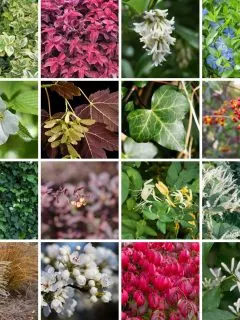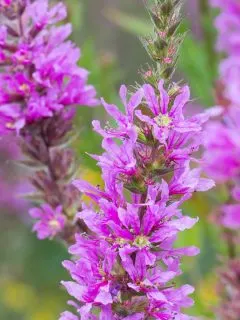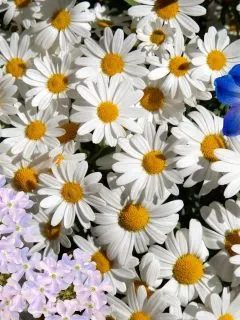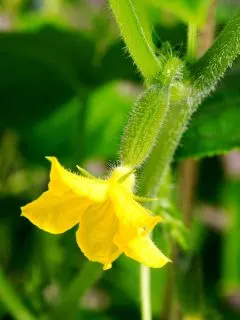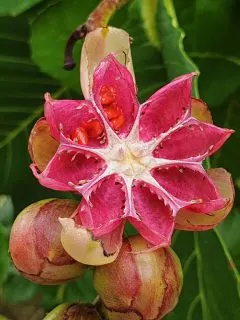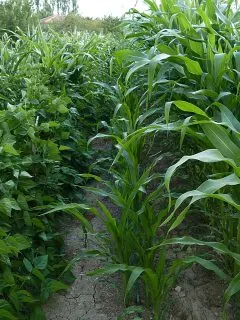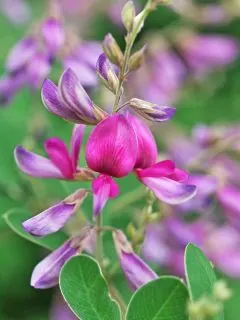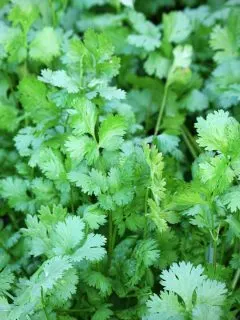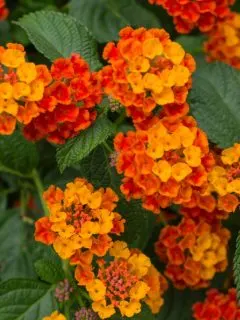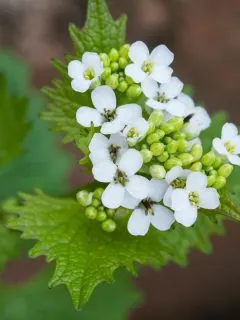About one-fourth of the approximately 2,300 plants growing wild in Indiana are nonnative. While not all non-native plants are invasive, those that have earned the title can cause significant damage to local ecosystems. Some invasive plants are still sold by garden centers and nurseries, while others may have been planted in your landscape before they …
Serena Manickam
Just as weeds negatively impact a cultivated garden, invasive plants degrade ecosystems. These nonnative species spread aggressively, often forming dense monocultures and outcompeting native plants. Not only does this reduce plant biodiversity, but it also reduces wildlife habitat. Aquatic invasives sometimes slow water flow, increase sediment deposits, and change water quality. Invasive plants in Illinois …
Invasive plants, or noxious weeds, displace plants endemic to Idaho and can significantly alter native ecosystems. They can increase erosion, alter soil composition, impact water flow and silt buildup in waterways, and reduce wildlife habitat. In the garden, noxious weeds may be masquerading as cultivated plants, or perhaps they lurk among the weeds. Learning about …
Cool, crunchy cucumbers are great in salads, pickled, or even eaten plain with a little salt (or is that just me?). These wonderful summer veggies can grow well in all sizes of vegetable gardens, since proper trellising means they take up very little horizontal space. In addition to providing the proper growing conditions, choose some …
Before humans began introducing species from other parts of the world, the unique flora and fauna of Hawaii lived in isolation. Many of these native plants and animals exist nowhere else, having evolved on these remote volcanic islands. However, humans have introduced new species to Hawaii, intentionally as well as unknowingly, and some of them …
Late summer tastes like heirloom tomatoes, watermelon, and sweetcorn. Corn is a popular vegetable garden crop, though pests can make it difficult to grow. Whether you’re trying to fit many plants into a small space or would like to interplant for the numerous benefits companion planting provides, it is helpful to know which plants get …
Georgia ranks seventh among the states for plant diversity. Unfortunately, it also has the fourth-highest extinction rate (plants and animals). While habitat destruction is the leading cause for loss of biodiversity, invasive species follow right on its heels. Invasive plants outcompete, spread diseases to, parasitize, and negatively alter the habitat of native plants. This in …
Cilantro, also called coriander (especially in reference to its seeds), is an annual herb commonly used in Mexican, Chinese, Indian, and Thai cuisine. Most people find the leaves of this polarizing herb to have a citrusy, parsley-like flavor, while others think it soapy and entirely unpalatable. Either way, cilantro makes an excellent companion plant, as …
While most nonnative plants can be safely grown in home gardens without becoming a nuisance, about 12 percent of nonnative plants in Florida are considered invasive or even prohibited. These invasive species spread quickly and aggressively, harming native ecosystems and resisting eradication efforts. Although invasives make up a small percentage of nonnative plants in Florida, …
The state of Delaware recently outlawed 37 invasive plants (see link below), prohibiting the propagation and movement of these weeds within, into, and out of the state. These nonnative plants outcompete native species, reduce wildlife habitat, and often grow and spread quickly, making them difficult to eradicate. Below the complete list of the prohibited plants, …

